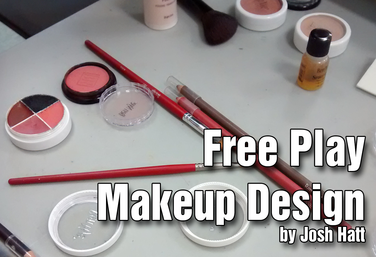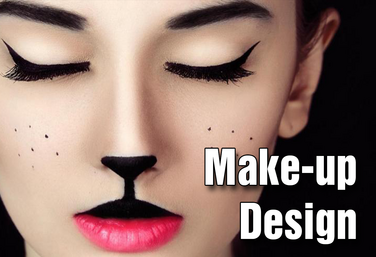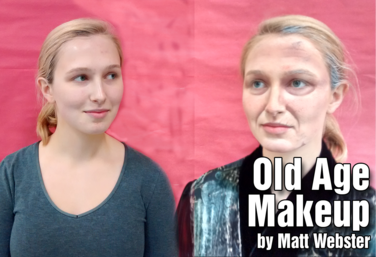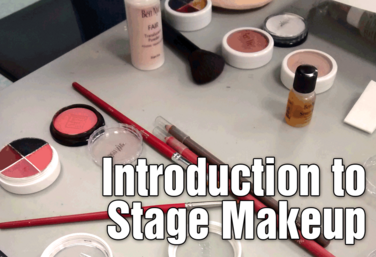View all Standards for Alberta, Canada
5 examine physical structure of the face

UNIT
Part of the Technical Theatre Mini Units Curriculum
Free Play Makeup
by Josh Hatt
This is a student centred mini-unit on makeup design. Makeup is useful in transporting an audience to a different world.
The purpose is for students to understand that makeup is a tool that theatre technicians can use in order to contribute to effective performance aesthetics; to understand basic makeup rules and care instruction; to understand how to complete a makeup design plot; to look at a project and figure out for themselves what they need to succeed.
Read More
about Free Play Makeup
Read Less
about Free Play Makeup

UNIT
Part of the Stagecraft Without a Theatre Curriculum
Make-Up Design
by Karen Loftus and Josh Hatt
Students will be able to explore the use of make-up as a theatrical tool and demonstrate their knowledge of make-up effectiveness.
Read More
about Make-Up Design
Read Less
about Make-Up Design

UNIT
Old Age Makeup
by Matt Webster
In this unit, students will learn the terminology, technology, and application of old age makeup. It is designed to lead students through a hands-on exploration of the techniques used to create an old age effect with makeup. By breaking the entirety of the human face down into different, distinct areas, students will be able to concentrate on smaller, more focused lessons, building up to a complete old age makeup design.
Read More
about Old Age Makeup
Read Less
about Old Age Makeup

PD COURSE
Old Age Makeup Tutorial
by Matt Webster
Instructor Matt Webster guides this tutorial on Old Age Makeup. Old age is the number one special effect makeup you will do and it’s a great process to teach in your class.
This video series takes you visually step by step through everything you need to know about creating old age makeup, from the subtle to the extreme. You can view each step individually so they can be practiced one at a time in the classroom.
The first part is the temple and the forehead. The second part are the cheeks and the jaw. Third will be lips, chin, and nose. Fourth is a section on the face called the nasolabial fold. Fifth, the eyes. And the sixth section will be looking at wrinkles, stippling and finishing the makeup look. These sections are designed to be seen one at a time and to teach within a 90-minute class between instruction, setup, practice, and cleanup. When you put them all together, you will have the parts and pieces to make a full old age makeup.
Read More
about Old Age Makeup Tutorial
Read Less
about Old Age Makeup Tutorial

PD COURSE
Introduction to Stage Makeup
by Matt Webster
This introductory course in Stage Makeup is brought to you by Matt Webster, and covers all the basics. You’ll learn the tools you can use to build a makeup kit, how to match skin tone, what are the shapes of the face and how those shapes affect everything you do with makeup.
You’ll learn about highlight and shadow, blending, basic corrective makeup, safety and hygiene, and lastly, tips for teaching makeup. And throughout, sample exercises are included so you have the information you need to bring stage makeup into the drama classroom.
Read More
about Introduction to Stage Makeup
Read Less
about Introduction to Stage Makeup
View all Standards for Alberta, Canada Standards Master List